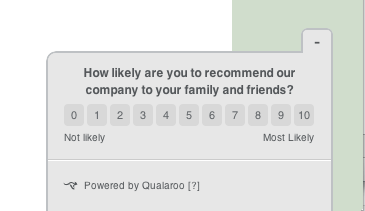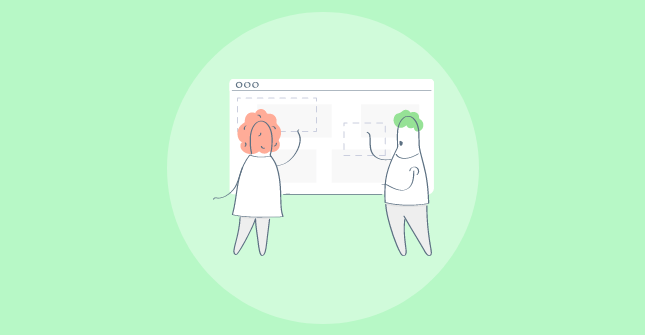You don’t lose customers overnight. It starts with a slow support ticket. A checkout that lags. A “We’ll get back to you” that never happens. One by one, these moments erode trust until loyal customers quietly disappear.
Customer satisfaction isn’t a feel-good metric. It’s your most reliable growth lever. Happy customers buy more, stick around longer, and bring friends. Unhappy ones churn fast — and no ad spend can buy them back.
So, how to improve CSAT?
This guide will show you exactly how to improve customer satisfaction in 2025, with quick fixes you can roll out now, scalable systems to grow with, and modern must-haves your competitors overlook.
Plug the leaks and build an experience so good that customers will sell your brand to you.
Let’s begin with the metrics you need to measure for satisfaction.
20 Strategies to Increase Customer Satisfaction in 2025
The fastest way to improve customer satisfaction is to stop guessing and start acting with intention.
Below are 20 ways to improve customer satisfaction — split between quick wins you can roll out this week and long-term systems that keep customers loyal for years.
Each one comes with exactly what to do, when to do it, and how to measure success.
1. Find the Leaks Before You Start Patching
You can’t fix what you can’t see, yet most businesses try. Before making any changes, establish a clear baseline of customer satisfaction so you know where the problems are.
What to Do:
1. Pick your metrics. Focus on CSAT, NPS, and CES.
2. Place them at high-impact touchpoints like checkout, onboarding completion, and post-support.
3. Collect 2–3 weeks of data to spot patterns, not just anomalies.
4. Compare results. Identify the weakest touchpoints and benchmark against your industry.
Measure success: Have a clear list of your top 3 weakest points before moving on.
2. Collect Customer Feedback That Tells You “Why”
Metrics tell you where the cracks are. Feedback tells you why they’re happening. Without both, you’re guessing.
What to Do:
1. Pick your sources among behavioral surveys, feedback buttons, ticket analysis, and behavior analytics.
2. Keep it short, only 1–3 focused questions.
3. Categorize in real time. For example, bug, usability issue, feature request, positive feedback; tag with urgency.
4. Automate escalations. Connect tools to Slack or CRM so “critical” issues get instant attention.
Measure success: Be able to name the top 3 recurring issues with direct customer quotes.
For behavior-triggered surveys, tools like Qualaroo let you target customers based on actions — like exiting a page or completing a purchase — so feedback is always relevant. This means you collect insights in real time, while the experience is still fresh in their minds.
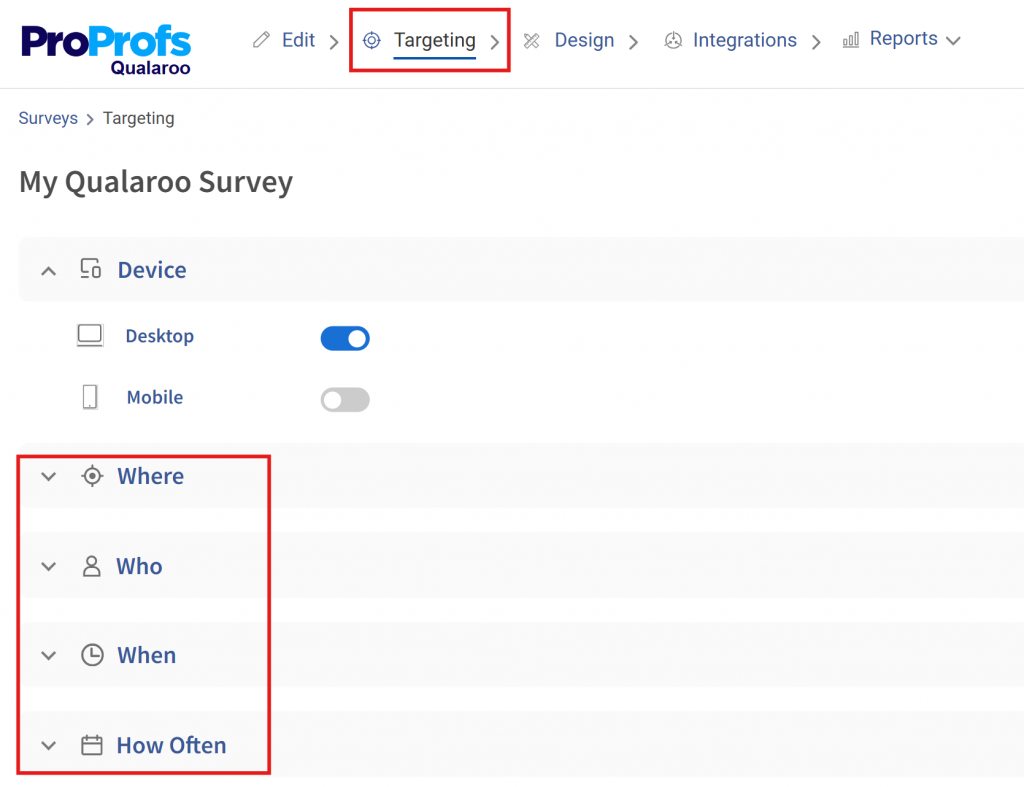
3. Map the Customer Journey for Different Segments
Not all customers walk the same path, and their pain points aren’t the same either. A one-size-fits-all improvement plan usually fits no one.
What to Do:
1. Segment your customers into high-value, new customers, long-term loyalists, at-risk churners.
2. Map their journeys separately from the first interaction to repeat purchase or renewal.
3. Spot friction by group. For example, where do high-value customers drop off vs. low-value ones?
4. Prioritize fixes that affect revenue-heavy segments first. Small gains here have the biggest impact.
Measure success: Have a clear map showing at least 3 friction points for each segment, prioritized by potential revenue impact.
While mapping journeys, use quick, targeted surveys at different touchpoints for each segment. For example, prompt first-time visitors with “Was this page helpful?” and returning customers with “What’s missing?” to uncover segment-specific friction.
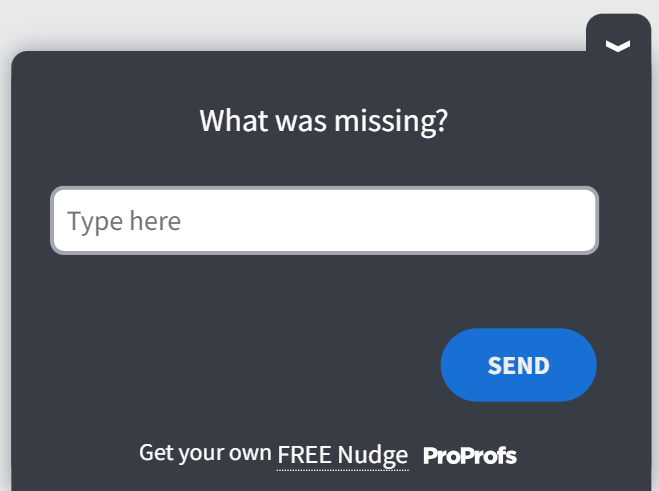
4. Act on the Data, Not Assumptions
Collecting feedback is useless if it sits in a spreadsheet. Customers expect you to act on it, and fast.
What to Do:
1. Review negative feedback first and contact those customers within 24–48 hours.
2. Fix quick, high-impact issues immediately, such as broken links, slow-loading pages, or unclear instructions.
3. Thank happy customers and offer them referral or loyalty incentives.
4. Re-survey after 30–60 days to see if the changes improved satisfaction scores.
Measure success: A visible improvement in your lowest CSAT or NPS scores within one quarter, plus reduced repeat complaints on the same issues.
If a customer leaves a low satisfaction score, automatically follow up with a short survey to understand the issue in more detail and send it directly to the right team.
5. Make the Experience Effortless
Every extra click, form field, or delay adds friction and pushes customers closer to abandoning you.
What to Do:
1. Audit your website and mobile app for unnecessary steps in key flows like checkout, sign-up, and support requests.
2. Optimize for mobile-first use with fast load times, thumb-friendly buttons, and minimal scrolling.
3. Follow WCAG accessibility guidelines so your experience works for everyone.
4. Test and refine continuously using usability tests and real customer feedback.
Measure success: Reduced cart abandonment rate, faster task completion times, and higher CES scores within 60 days. You can use this calculator to measure the CES.

6. Prioritize Privacy and Trust
In 2025, customers are more protective of their data than ever, and trust can make or break loyalty. They expect you to treat their privacy as part of the customer experience, not just a compliance checkbox.
What to Do:
1. Audit all data collection and storage processes for compliance with GDPR, CCPA, or any industry-specific regulations.
2. Write your privacy policy in plain, human language so customers actually understand it.
3. Give users clear control over their data, including easy opt-outs and preference updates.
4. Communicate security measures proactively, such as encryption, two-factor authentication, and regular audits.
Measure success: Higher trust ratings in surveys, fewer opt-outs from marketing communications, and reduced customer churn linked to privacy concerns.
7. Train and Empower Your Team
Your team’s ability to resolve issues quickly and empathetically shapes the customer’s entire perception of your brand. An untrained or powerless team turns small problems into big losses.
What to Do:
1. Run ongoing training sessions on product knowledge, problem-solving, and empathy-driven communication. For this, you can use tools like ProProfs Training Maker.
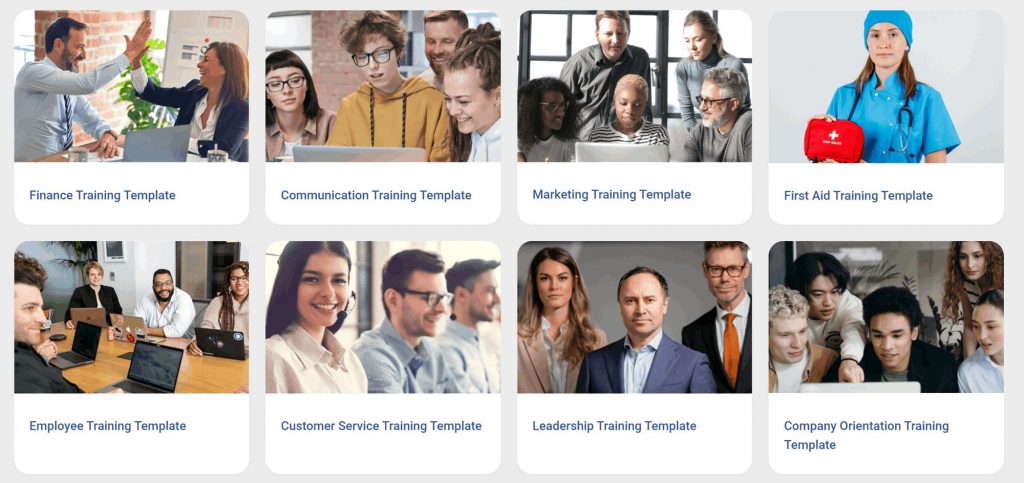
2. Give teams instant access to an updated internal knowledge base for quick answers.
3. Empower them to make on-the-spot decisions for refunds, upgrades, or goodwill gestures without lengthy approvals.
4. Provide regular performance feedback with a focus on customer satisfaction scores, not just speed.
Measure success: Improved first-contact resolution rates, reduced escalations, and higher CSAT scores tied to team interactions.
8. Go Omnichannel Without the Chaos
Customers want to reach you where it’s most convenient for them — email, chat, phone, social, or even WhatsApp — and they expect a consistent experience across all.
What to Do:
1. Identify your customers’ top 3–4 preferred communication channels and focus on those first.
2. Use a unified inbox or CRM integration so agents have the full conversation history regardless of channel. You can use CRMs like BIGContacts for seamless communication and integration:
3. Keep brand tone, policy, and response quality consistent everywhere.
4. Offer seamless transitions between channels (e.g., start in chat, finish on call without repeating details).
Measure success: Faster average response times, fewer repeated customer explanations, and improved satisfaction ratings across multiple channels.
Centralize feedback from web, mobile, and in-app surveys so you can identify cross-channel issues and keep response quality consistent everywhere.
9. Automate the Easy Wins
Not every customer interaction needs human intervention. Automating repetitive tasks frees your team to focus on complex issues while keeping customers happy faster.
What to Do:
1. Integrate your CRM with survey tools, help desk, and chatbots to automate follow-ups and reminders.
2. Set up automated review requests after positive interactions to boost public ratings.
3. Use AI chatbots for FAQs, appointment bookings, or simple troubleshooting.
4. Trigger proactive notifications for delivery updates, billing reminders, or service changes.
Measure success: Reduced ticket volume for repetitive queries, faster resolution for simple issues, and more time for agents to handle high-value interactions.
Set up surveys to trigger after key actions, like completing onboarding or cancelling a subscription, so you can address concerns before customers churn.
10. Personalize Every Interaction
Customers expect you to know them — and reward brands that make them feel understood. Generic messages are a fast track to indifference.
What to Do:
1. Use purchase history, browsing data, and past interactions to tailor recommendations.
2. Segment your audience by behavior, preferences, or lifecycle stage for targeted messaging.
3. Send personalized follow-ups after purchases or support interactions.
4. Use quizzes or preference surveys to gather data for future personalization. ProProfs Quiz Maker is an incredible tool if you want to create quizzes and assessments with AI:
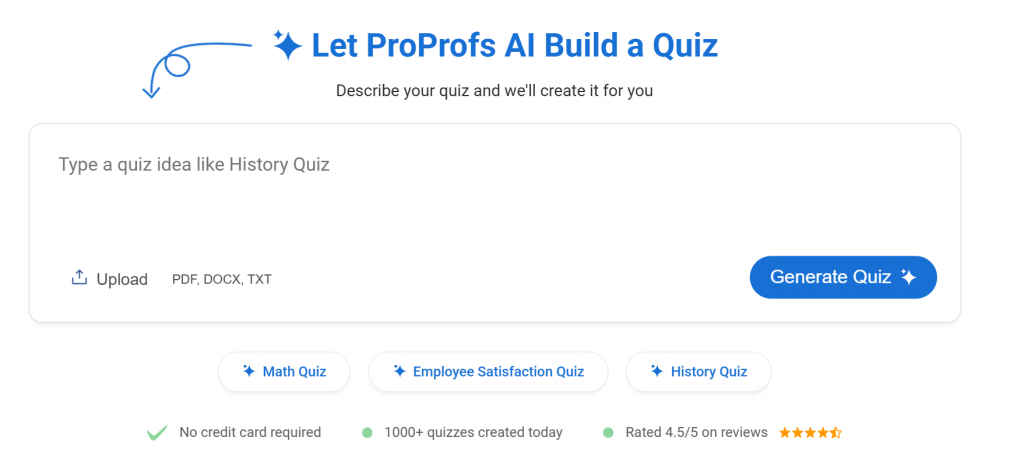
Measure success: Higher click-through rates on personalized campaigns, increased repeat purchases, and stronger NPS scores from engaged customers.
Use preference-gathering surveys or quizzes to understand what customers care about most, then tailor offers and experiences accordingly.
11. Reward Loyalty Like It Matters
Loyal customers are your most profitable segment, yet many brands treat them the same as first-time buyers. Show them their loyalty counts, and they’ll keep coming back — and bringing others.
What to Do:
1. Create a tiered loyalty program with meaningful rewards at each level.
2. Offer exclusive perks like early access to sales, VIP support, or member-only events.
3. Send surprise-and-delight rewards such as bonus points or small freebies on anniversaries or birthdays.
4. Recognize and thank top customers publicly or personally to deepen the relationship.
Measure success: Increased purchase frequency among loyalty members, higher retention rates, and more referrals from your best customers.
12. Proactive Service Beats Reactive Apologies
Don’t wait for customers to complain — solve problems before they notice. Proactive service turns potential frustration into gratitude.
What to Do:
1. Monitor systems for issues that could affect customers and alert them before they experience the problem.
2. Send timely reminders for renewals, upcoming appointments, or expiring offers.
3. Provide usage tips or onboarding guidance before customers hit common roadblocks.
4. Follow up after large purchases or service changes to ensure everything is working as expected.
Measure success: Fewer inbound complaints, higher CES scores, and improved customer sentiment in follow-up surveys.
If customers linger on a help page or product screen too long, trigger a nudge offering tips or guidance before they hit a roadblock.
For help pages:
- “Did this article answer your question?”
- “What else would you like to know about this topic?”
- “Still stuck? We can guide you through it.”
- “Was anything unclear or missing here?”

For product screens:
- “Need help completing this step?”
- “Would you like to see how this works?”
- “What’s stopping you from moving forward?”
- “Can we walk you through this process?”

13. Leverage AI Without Losing the Human Touch
AI can supercharge your customer service, but it should enhance—not replace—the human connection. Customers still want empathy, understanding, and personalized care.
What to Do:
1. Use AI for intelligent routing so customers get to the right agent faster.
2. Implement AI-powered agent assist tools to suggest responses and resources in real time.
3. Deploy chatbots for simple queries, but ensure a seamless handoff to humans when needed.
4. Analyze AI data to identify trends and improve future interactions.
Measure success: Faster resolution times, reduced agent workload, and positive customer sentiment toward AI-assisted interactions.
14. Make Self-Service a Superpower
Customers love solving problems on their own—if it’s easy. A well-designed self-service system reduces wait times and empowers customers.
What to Do:
1. Build a searchable, well-organized knowledge base with articles, guides, and videos.
2. Include a robust FAQ section addressing common questions and concerns.
3. Create community forums where customers can help each other.
4. Add feedback options to self-service pages so you know what’s missing or unclear.
Measure success: Lower support ticket volume, faster customer problem resolution, and higher satisfaction scores for self-service interactions.
Add one-question pulse surveys to knowledge base articles to find out if they’re useful and what could be improved.
15. Design for Mobile-First Everything
Most customers will interact with your brand on their phones, so your mobile experience can make or break satisfaction.
What to Do:
1. Optimize site speed for mobile with lightweight images and efficient code.
2. Use responsive design so every page looks and functions perfectly on all devices.
3. Keep navigation simple with clear menus, large touch targets, and minimal scrolling.
4. Test critical flows like checkout or form submissions on multiple devices and screen sizes.
Measure success: Improved mobile conversion rates, reduced bounce rates on mobile pages, and higher CSAT scores from mobile users.
16. Build Accessibility Into Every Touchpoint
Accessibility isn’t just compliance—it’s inclusion. Making your site and services usable by everyone improves satisfaction for all customers.
What to Do:
1. Follow WCAG guidelines to ensure content is perceivable, operable, understandable, and robust.
2. Provide alt text for all images and ensure videos have captions.
3. Use sufficient color contrast for text and background elements.
4. Test your site with screen readers and other assistive technologies.
Measure success: Positive feedback from users with accessibility needs, compliance with accessibility standards, and expanded reach to previously underserved customers.
17. Respond to Reviews — Especially the Bad Ones
Ignoring reviews, especially negative ones, signals that you don’t care. Responding shows you’re listening and willing to make things right.
What to Do:
1. Monitor review platforms like Google, Yelp, G2, or Capterra daily.
2. Thank customers for positive feedback to reinforce loyalty.
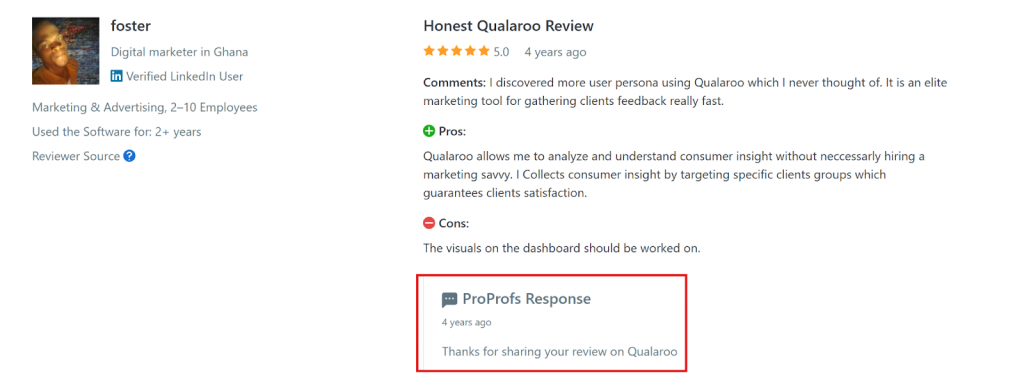
3. Respond to negative reviews within 24–48 hours, acknowledging the issue and outlining next steps.
4. Take the conversation offline to resolve complex problems, then update the review thread once resolved.
Measure success: Improved ratings over time, higher response rates from customers you engage with, and public perception of responsiveness.
18. Close the Loop With Customers
Collecting feedback is only half the job—telling customers how you used it builds trust and encourages future input.
What to Do:
1. Share updates or product changes directly tied to customer suggestions via email or in-app messages.
2. Thank specific customer segments whose feedback led to improvements.
3. Include a “What’s New” section in newsletters or release notes that highlights customer-driven changes.
4. Use social media or community forums to showcase responsiveness to feedback.
Measure success: Increased survey participation rates, positive feedback about communication, and stronger customer loyalty over time.
After implementing changes based on earlier feedback, ask customers how well the update meets their needs to show you acted on their input.
Simple satisfaction check:
- “How satisfied are you with this update?”
- “Did this change solve the issue you experienced before?”
- “Does this update meet your needs?”
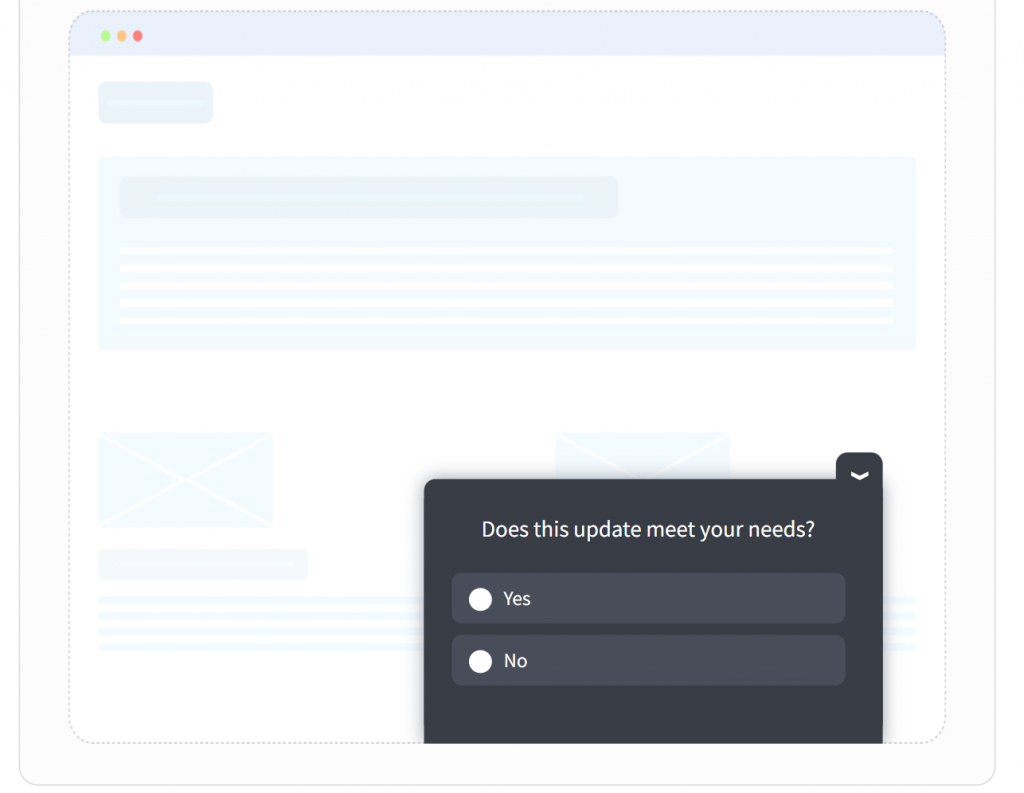
Qualitative insight:
- “What’s working well for you now?”
- “Is there anything about this update you’d still like us to improve?”
- “What could make this update even better for you?”
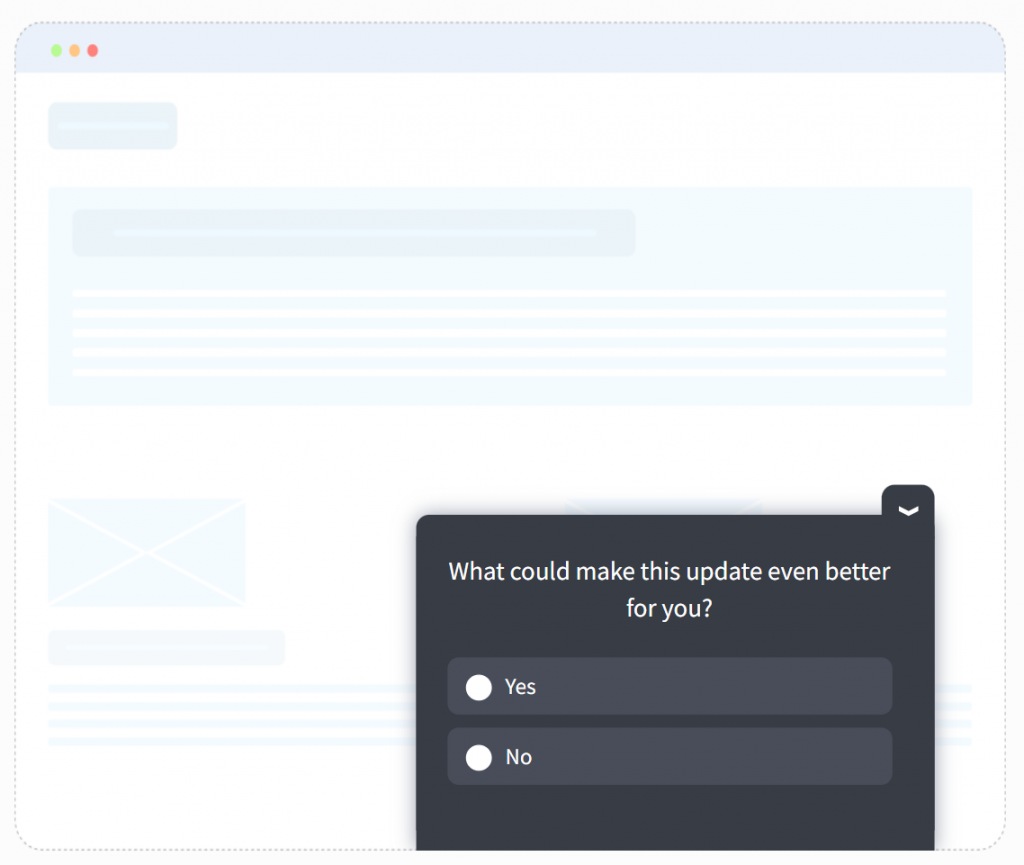
19. Measure, Iterate, Repeat
Customer satisfaction isn’t a one-time project—it’s an ongoing process. Continuous measurement and refinement keep your experience aligned with evolving expectations.
What to Do:
1. Re-run CSAT, NPS, and CES surveys at least quarterly to track changes.
2. Compare results to your baseline and industry benchmarks.
3. Identify declining scores early and investigate the cause.
4. Test small improvements and monitor their impact before scaling them across the business.
Measure success: Consistent quarter-over-quarter improvement in satisfaction metrics and fewer surprises in customer feedback.
20. Protect Agent Well-being to Protect CX
Burned-out support teams can’t deliver great experiences. Taking care of your agents directly impacts customer happiness.
What to Do:
1. Manage workloads to prevent burnout, balancing shifts and responsibilities.
2. Provide emotional support resources and training for handling difficult interactions.
3. Recognize and reward exceptional service publicly and privately.
4. Give agents autonomy to resolve issues without micromanagement.
Measure success: Lower agent turnover, higher employee satisfaction scores, and improved customer feedback about service interactions.
Here’s a quick founder’s checklist for your customer satisfaction improvement strategy:
| Timeline | Actions |
|---|---|
| Week 1–2 | Benchmark CSAT, NPS, and CES across key touchpoints to identify the weakest areas. |
| Week 2–3 | Launch short, targeted surveys to capture “why” feedback and tag recurring issues. |
| Week 3–4 | Fix high-impact, low-effort problems like broken links, unclear copy, or slow page loads. |
| Week 4 | Respond to outstanding reviews and close the loop on quick feedback wins. |
| Month 1–2 | Map customer journeys for different segments and focus first on high-value groups. |
| Month 2–3 | Train your team for both speed and empathy, and roll out omnichannel support with consistent tone and process. |
| Month 3–4 | Implement personalization tactics and launch or refine your loyalty program. |
| Month 4–5 | Strengthen privacy, accessibility, and mobile-first UX across all touchpoints. |
| Month 5–6 | Introduce proactive service elements, scale automation, and re-benchmark satisfaction metrics to measure gains. |
Why Customer Satisfaction Matters
Customer satisfaction isn’t just a warm, fuzzy concept—it’s a measurable growth driver. In 2025, it’s also your biggest competitive differentiator. Products and pricing can be matched; the experience you deliver can’t.
Happy customers spend more, refer more, and stay longer. Dissatisfied customers don’t just churn—they take their story to social media, review platforms, and peers. And in an era where 90% of buyers read reviews before making a purchase, one bad experience can cost you far more than a single sale.
Key shifts making satisfaction more critical than ever:
- The Experience Economy: People are willing to pay more for great service, even if a cheaper option exists.
- Customer Power: Review sites, social platforms, and instant communication mean your reputation is public property.
- AI and Automation: Technology is raising the baseline expectations for speed, personalization, and convenience.
- Privacy Awareness: Customers want both efficiency and control over their data, making trust a core part of satisfaction.
Treat satisfaction as a growth engine, not a cost center. In 2025, it’s the one metric that links directly to revenue, retention, and brand reputation.
Common Mistakes That Kill Satisfaction
Even well-intentioned businesses make errors that quietly erode trust and loyalty. Avoiding these pitfalls can be just as important as implementing new strategies.
| Mistake | Why It Hurts | How to Fix It |
|---|---|---|
| Fixing Symptoms, Not Causes | You waste time and budget solving the wrong problems. | Benchmark CSAT, NPS, and CES before acting. Target your weakest touchpoints first. |
| Ignoring Mobile Experience | Customers abandon slow, clunky mobile sites without engaging. | Optimize for mobile speed, simplify navigation, and test on multiple devices. |
| Over-Automating | Removes empathy and flexibility, frustrating customers. | Use automation for simple tasks only, with easy access to a human agent. |
| Poor Agent Training | Leads to repeated explanations, delays, and inconsistent service. | Run regular product and empathy training; give agents authority to solve issues. |
| Not Closing the Feedback Loop | Customers feel unheard and stop sharing feedback. | Acknowledge suggestions and show how they influenced changes. |
| Inconsistent Experience Across Channels | Breaks trust when service quality varies by platform. | Use unified CRM/inbox tools to keep tone, speed, and accuracy consistent. |
How to Measure Your Success
If you’re not tracking your progress, you’re just guessing. Once you’ve implemented these strategies, keep measuring to confirm what’s working and what needs adjustment.
1. Start with CSAT (Customer Satisfaction Score) to gauge how happy customers are after specific interactions like purchases, support chats, or onboarding. Aim for at least 80% satisfied responses. Here’s a quick video on how to create a CSAT survey:
2. Use NPS (Net Promoter Score) quarterly or after major updates to see how likely customers are to recommend you. Your goal should be above your industry average — roughly 30 for B2B SaaS and 50 for eCommerce. Here’s a tutorial for you to create NPS surveys:
3. Measure CES (Customer Effort Score) right after checkout, form completion, or issue resolution to track ease of use. Strive for 90% or more “easy” ratings.
4. Watch your churn rate monthly or quarterly to spot retention problems early. For most industries, under 5% churn is a solid target.
5. Finally, monitor review ratings across platforms like Google, Yelp, G2, or Capterra. Keep them at 4 stars or higher, and note recurring feedback themes for future improvements.
FREE. All Features. FOREVER!
Try our Forever FREE account with all premium features!
Turning Satisfaction Into Your Strongest Growth Channel
Customer satisfaction isn’t a one-off project — it’s a habit that compounds over time. The businesses that win in 2025 will be the ones that listen closely, act quickly, and adapt constantly. Every interaction is a chance to earn trust or lose it, so treat each one like it matters — because it does.
Start with the quick wins, fix the obvious leaks, and build systems that keep customers happy even as you scale. A continuous feedback loop, powered by timely, targeted surveys, ensures you always know where to improve. Tools that trigger surveys at the right moments — like when a customer completes a purchase or struggles on a page — can make that loop effortless.
The sooner you start, the sooner your customers will become your most powerful growth engine.
Frequently Asked Questions
2. What are the 5 basic levels of customer satisfaction?
The five basic levels range from very dissatisfied, dissatisfied, neutral, satisfied, to very satisfied (or delighted). Very dissatisfied customers have expectations far from met and are likely to churn. Dissatisfied customers experienced a service below expectations, leaving a negative impression. Neutral customers had an experience that was neither bad nor memorable. Satisfied customers had their expectations met but may still switch to competitors. Very satisfied or delighted customers had their expectations exceeded and are more likely to become loyal advocates.
3. How do you ensure 100% customer satisfaction?
Reaching 100% satisfaction starts with knowing your customers deeply through feedback, surveys, and behavioral data. Personalizing interactions so customers feel understood and valued is essential, along with responding quickly to inquiries and complaints while showing empathy and ownership. Maintaining consistent product or service quality through continuous improvement helps build trust. Following up after resolving an issue ensures the customer is genuinely satisfied. The aim is not only to fix problems but to create consistently positive emotional experiences.
4. What are the 5 Ps of customer satisfaction?
The 5 Ps are product, price, place, promotion, and people. Product refers to the quality, reliability, and fit of your offering. Price covers fairness, perceived value, and alignment with quality. Place is about ease of access, availability, and delivery convenience. Promotion involves clear, honest, and compelling communication about your offering. People refers to the attitude, competence, and empathy of your customer-facing team, all of which shape the overall customer experience.
FREE. All Features. FOREVER!
Try our Forever FREE account with all premium features!
 We'd love your feedback!
We'd love your feedback! Thanks for your feedback!
Thanks for your feedback!

